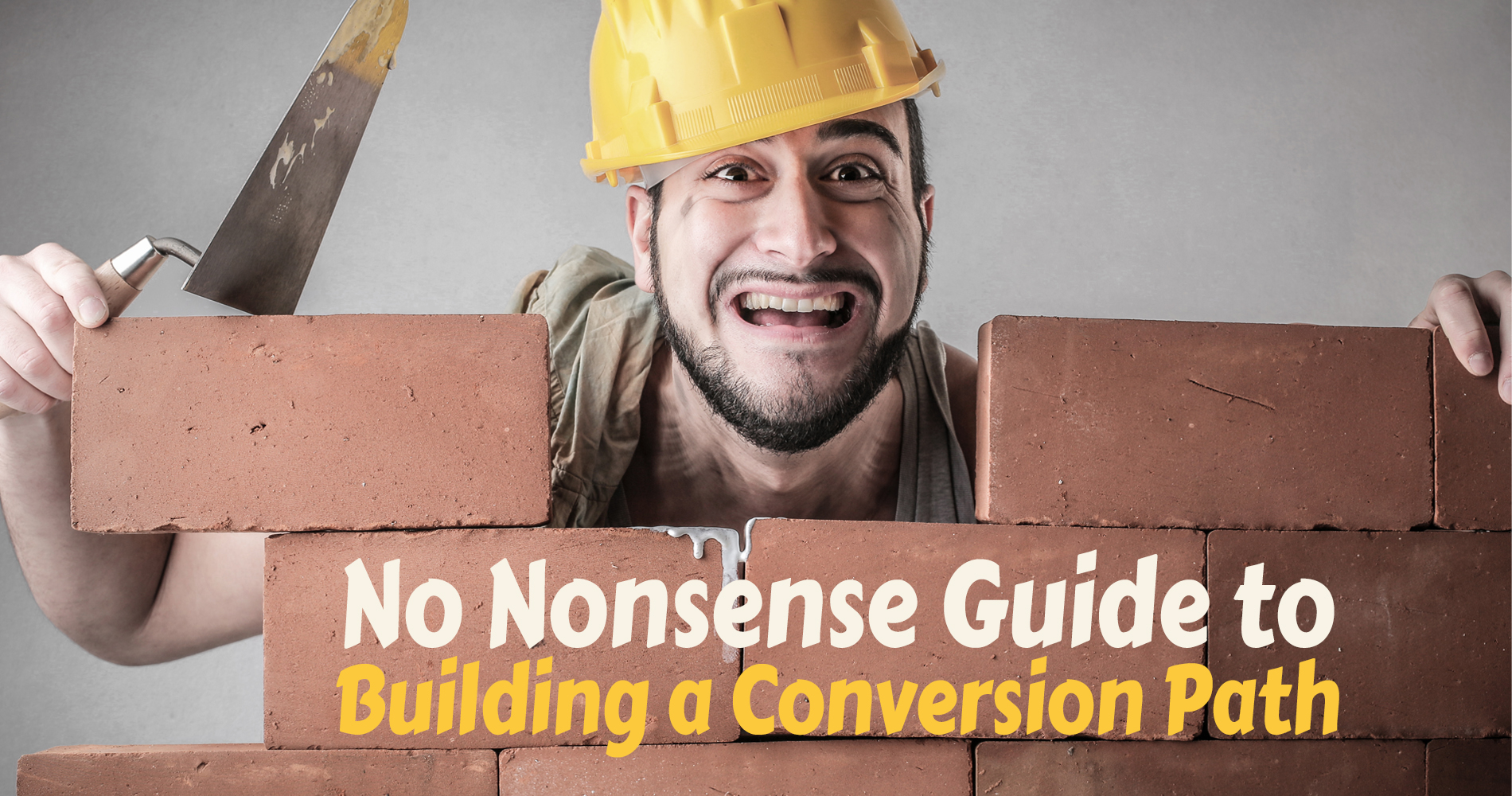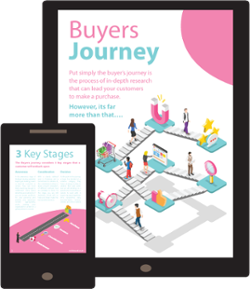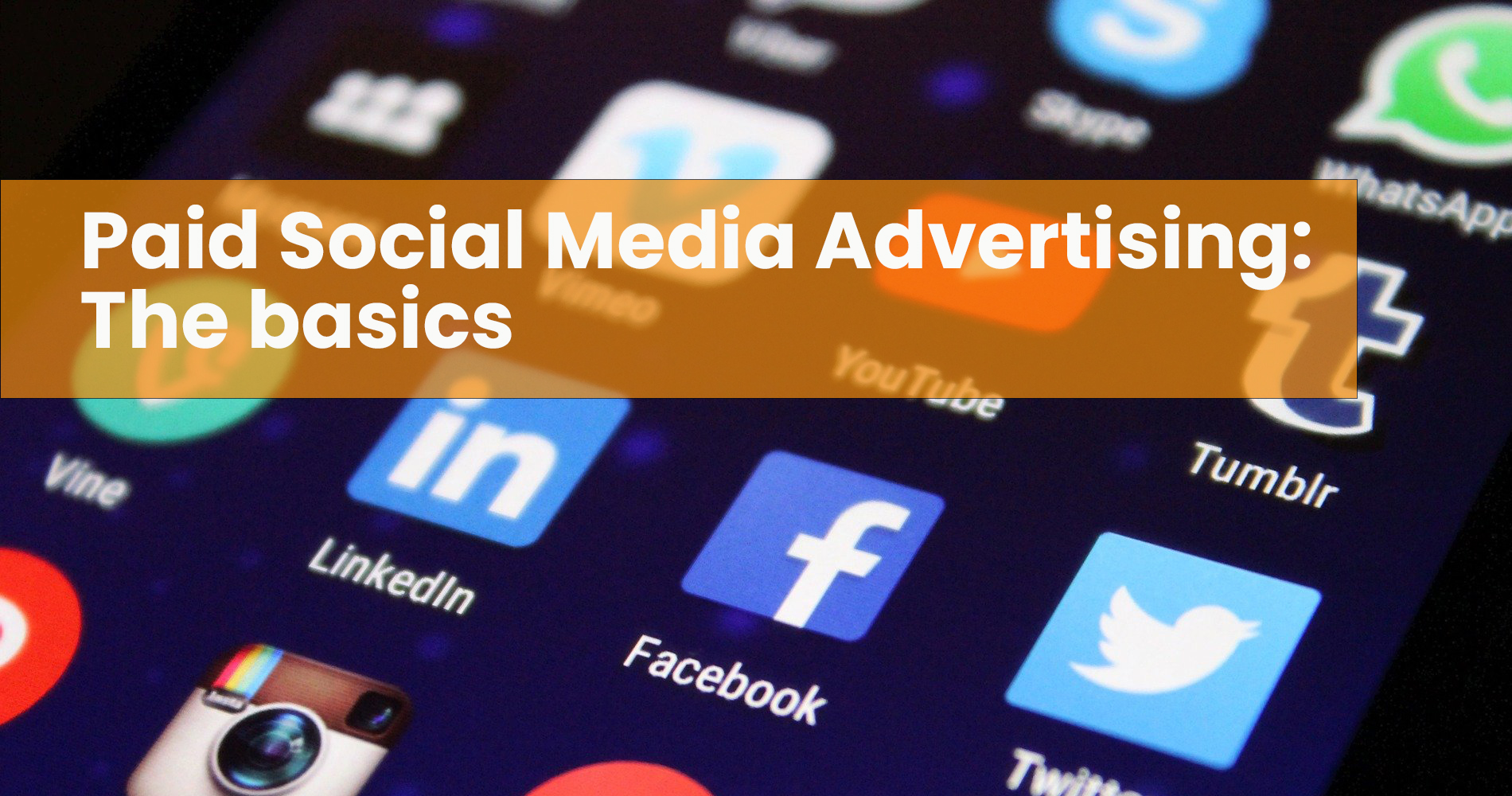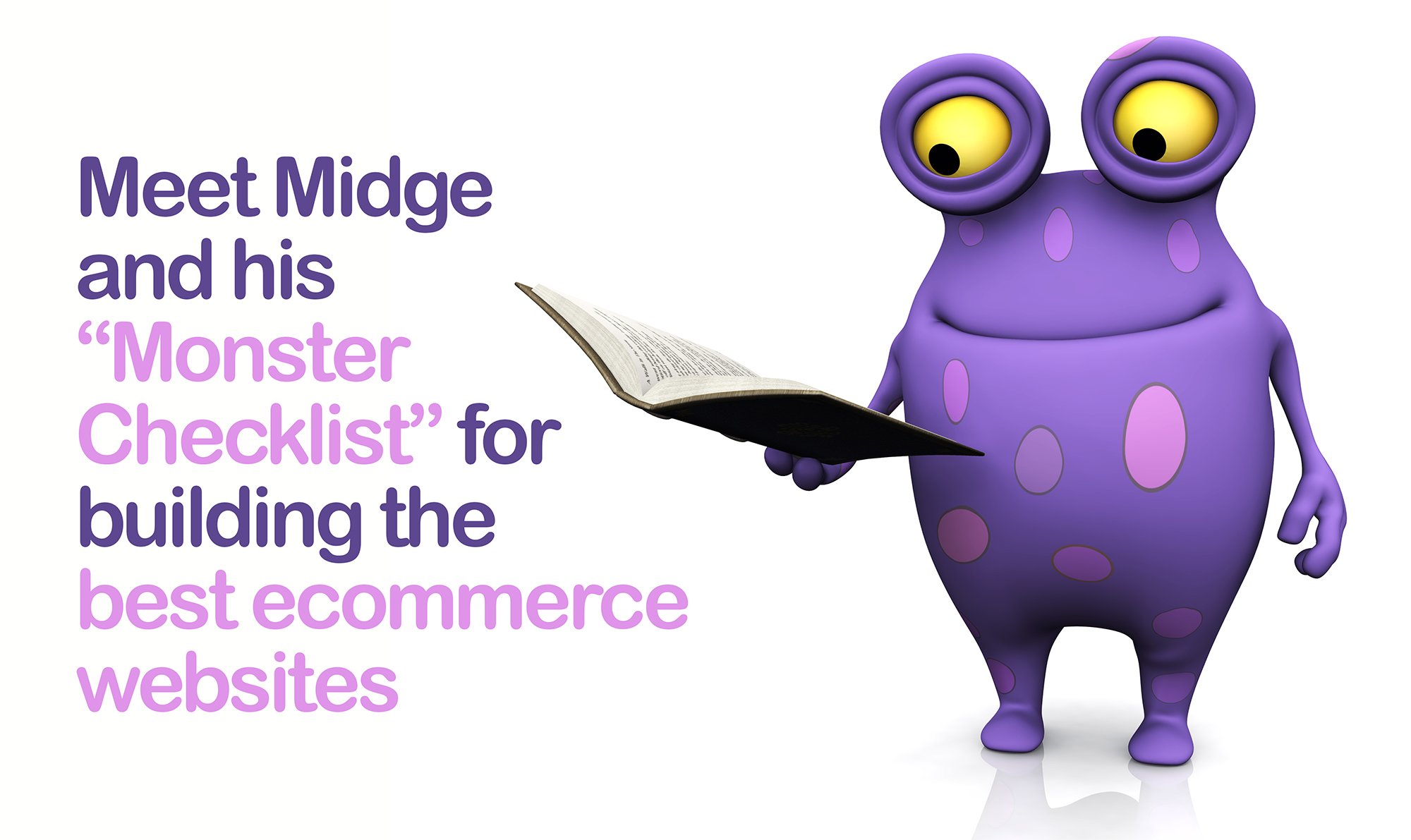Online visitors can be fickle—one day they may decide that they want something from your company and the next day they may not—so how can you keep these people coming back? You need to put them on a conversion path. This is essentially a list of everything your customer has to get done in order for the site to accomplish its purpose and solve their problem (namely: where you ask them for their email address so that you can stay in touch, how do you let them know about new products or upcoming events before any competitors scoop up their attention, etc.).
How does a conversion path help with this process, and why is it so important?
Why Is It Important to Have a Conversion Path?
A conversion path is a strategy that inbound marketers develop to make visitors into leads. Typically, this is a transactional path, but rather than a sale, you are seeking to entice prospects to exchange their contact information and to consent to receive communications from your company for something valuable you are offering. This can be something that your business has created like a guide or an e-book for example, or it might just be an incentive, such as a promotion that encourages consumers to buy now!
An effective content offer will take the form of anything that your prospect finds valuable be it a checklist, webinar recording, or even an interactive quiz question! What we have noticed lately though is that inbound marketers and our clients have been pushing this frontier even further by creating something entirely new instead of modifying existing content types whenever possible.
Conversion Path Examples
A typical conversion path can be seen below:
- An inquiry is sent to Google by the user.
- Your website's blog helps users find answers to their questions.
- This blog article includes a relevant call to action to an offer that addresses their issue or pain point.
- You redirect the visitor to your landing page after the visitor clicks your call to action.
- There is a conversion!
- We redirect the now-lead to a thank-you page with a secondary offer that nurtures them through the next step.
There you go! While this example of a potential conversion path is only one, it's not the only one. To put it simply, conversion paths reduce friction for your buyers and prospects and nurture them through your buyer's journey.
How to Build a Conversion Path In 5 Easy Steps
1. Identify Your Goals and Strategy
To decide where to direct your traffic, you need to be able to understand exactly who your target audience is and what their main challenges are. The best way to do that is by using analytics tools such as SEMRush or Crazy Egg; they'll tell you how visitors from different sources behave—such as where they click or where they leave the page—allowing you to spot pain points and encouraging them to take the appropriate action based on that data. Once you know who your ideal destination for a specific campaign is, you can set up conversion tracking so that it keeps a record of people successfully turned into customers over time
2. Get Visitors' Attention
No matter how brilliant your conversion path is and how tempting your content offers may be, understand that the success of your project will ultimately depend on whether or not your audience knows you're even out there. To make sure they are aware of all the things going on in your project it's crucial to make promotion and marketing a top priority!
Visitor attraction tactics include:
- Drive search engine traffic by writing SEO-optimised blog posts that relate to your content. Ensure that your blog articles contain conversion points (we recommend at least two per post) that direct users to your landing page.
- Increasing your landing page traffic through paid media.
- Promote your new offer via promotional emails to your email database and direct them to the new landing page.
- Promote your new offer on social media (with hashtags).
3. Utilise Landing Pages to Convert Visitors
When you've got a landing page underway and it is attracting visitors, you want to make sure that your landing page is optimised so that it leads to conversion. Here are a few things that will help with this:
The header and footer of a landing page should not distract visitors. Keeping the user focused on the desired action is important.
Concise copy and a compelling headline are essential. To prevent them from leaving the page, quickly convey the value of your offer so they won't decide it's not worth their time.
Create a form that converts! Form fields should be limited since the more fields you include, the more likely your visitors are to abandon them. When creating content for a buyer's journey, the amount of information you ask for depends on the stage. Don't ask for too much information in awareness pieces. Fields and information are expected for decision-related content, such as demo requests.
4. Ensure Your Thank-You Pages Are Perfect
Congratulations! A visitor converted, but it’s not time to celebrate just yet. The next steps in your conversion path are just as crucial as the initial stages. You know what you want from this lead, and this is the perfect time to reaffirm not only that intention, by giving them what you promised in your offer (be it a whitepaper or an ebook), but also rather than burying the secondary offer down further into your funnel with more information behind an additional page of text, use the thank-you page to put this secondary offer right there on the page where they can see it. Chances are if they got to that point in your conversion path then they like what you have to say because they either showed interest or took action. By simplifying their decision-making process for taking advantage of your offer don’t waste another second keeping them from moving forward with this valuable information (that will likely be extremely helpful) as soon as possible.
5. Maintain Contact and Nurture Your Leads
Whenever customers leave an opt-in form on your landing page, you need to decide what they are going to get next. If they have just downloaded a free offer, you can thank them with a message and tell them that they could receive more great content by doing something like clicking another CTA in the email. This is an opportunity to include another form in the email if you have another related asset to offer.
You should never underestimate the importance of nurturing leads to help them move from initial attraction to purchase. Your following-up email sequence may also be complemented by a lead nurturing workflow, depending on the complexity of your conversion path.




